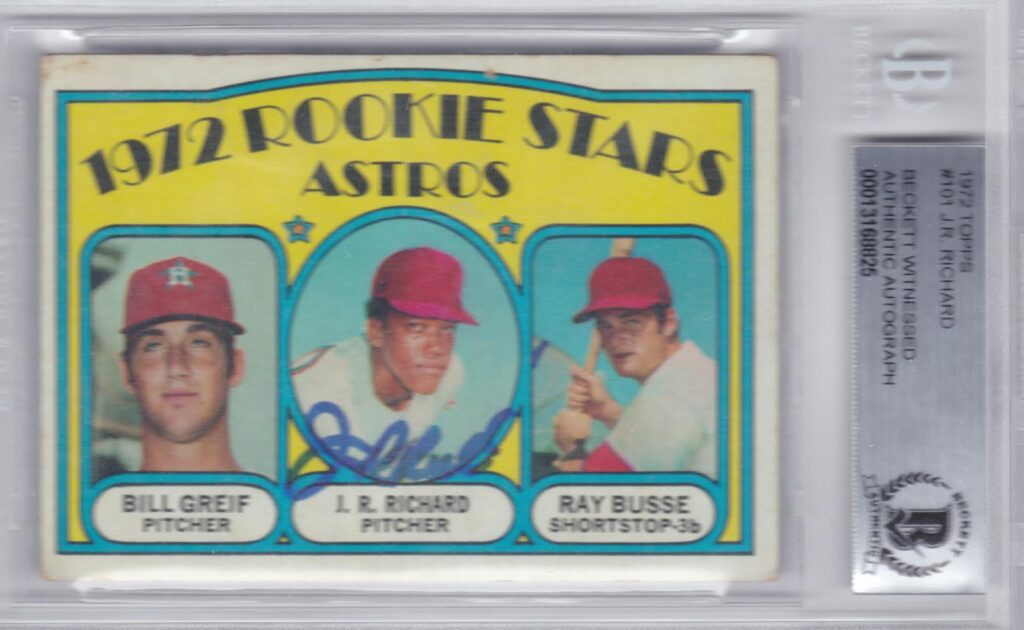
Standing 6’8″ tall with 222 pounds on his frame, the Astros’ J.R. Richard was a dominating physical presence. With a triple-digit fastball and a sharp slider, Richard was also one of baseball’s best strikeout pitchers.
The second overall pick in the 1969 draft, Richard had one of the greatest debuts in big league history. The September 5, 1971 contest was against Willie Mays and the San Francisco Giants.
The 21-year old Richard struck out Mays in the first inning at Candlestick Park to let the 25,527 on hand they were in for baseball magic. By game’s end, Richard had a complete-game, 15-strikeout, record-tying performance. No pitcher has ever struck out more in his first game in the Show. He even fanned the great Mays three times.
Wildness plagued Richard early on, keeping him from becoming a full-time major leaguer. From 1971-1974 Richard bounced between the bushes and the bigs. He appeared in 42 games with Houston in his first four years and totaled 11 wins with a 4.34 ERA.
Then in 1975 Richard got his break. As the ‘Stros third starter, Richard made 31 starts. Results were mixed. Unable to tame his fastball, he led the league in walks and wild pitches. On the plus side, he was the only Houston starter with a winning record. His 176 strikeouts topped Astro hurlers and placed 5th in the NL.
In ’76 J.R. was 9-9 at the All Star Break. Then things fell into place. He soon became one of the most fearsome pitchers in the game. By season’s end he was the Houston franchise’s second 20-game winner. Writers voted him the MVP of the Astros.
Richard finished the nation’s bicentennial year with a 2.75 ERA and held opposing hitters to a .212 average. Though he allowed the NL’s least number of hits per nine innings, he also led the circuit in walks. With a bat in his hands J.R. led all National League pitchers in hits, homers and RBI.
In ’77 he won 18 games and posted a second consecutive sub-3.00 ERA. The following year he became the first NL right-hander to notch 300 strikeouts, breaking Tom Seaver’s mark.
In ’79 Richard had his finest campaign. He led the league in ERA, strikeouts, fielding-independent pitching, hits/9 innings, and strikeout-to-walk ratio. In the process he joined Rube Waddell, Sandy Koufax, and Nolan Ryan as the only hurlers to post back-to-back 300-K seasons. Many believed he was on the path to Cooperstown.
The first half of 1980 was more of the same. The the NL’s All Star starter, Richard was 10–4 record with 115 strikeouts and a 1.96 ERA at the break. In his July 14th start against Atlanta he struck out the side in the second inning but had trouble seeing the catcher’s signs. He complained that his arm was dead.
Sixteen days later, Richard suffered a major stroke before a game and collapsed in the outfield. He never pitched another big league game. Richard walked away from the big leagues with 107 wins and a then-Astros team record 1,494 strikeouts.
After baseball he fell on hard times. Richard divorced twice and lost all his money. By 1994 he was homeless. Soon he found religion and worked his back into society.
Richard became a minister and helped his flock learn and appreciate God and baseball. He quickly resurrected his life in service to others. In 2018 he was honored by the Negro Leagues Baseball Museum; the following year Richard was inducted into Baseball Reliquary’s Shrine of the Eternals.
The big man fell ill in the summer of 2021. He was hospitalized for weeks due to complications from Covid before passing away on August 4th.
Though he reached heights few hurlers dare dream of, J.R. Richard remains one of baseball’s tragic “what if?” stories.
In the collection is this 1972 rookie card signed by the Astros hurler.
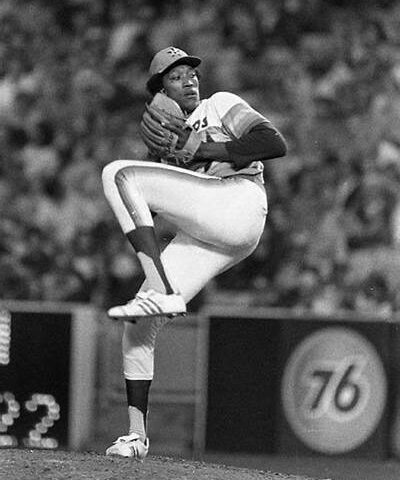

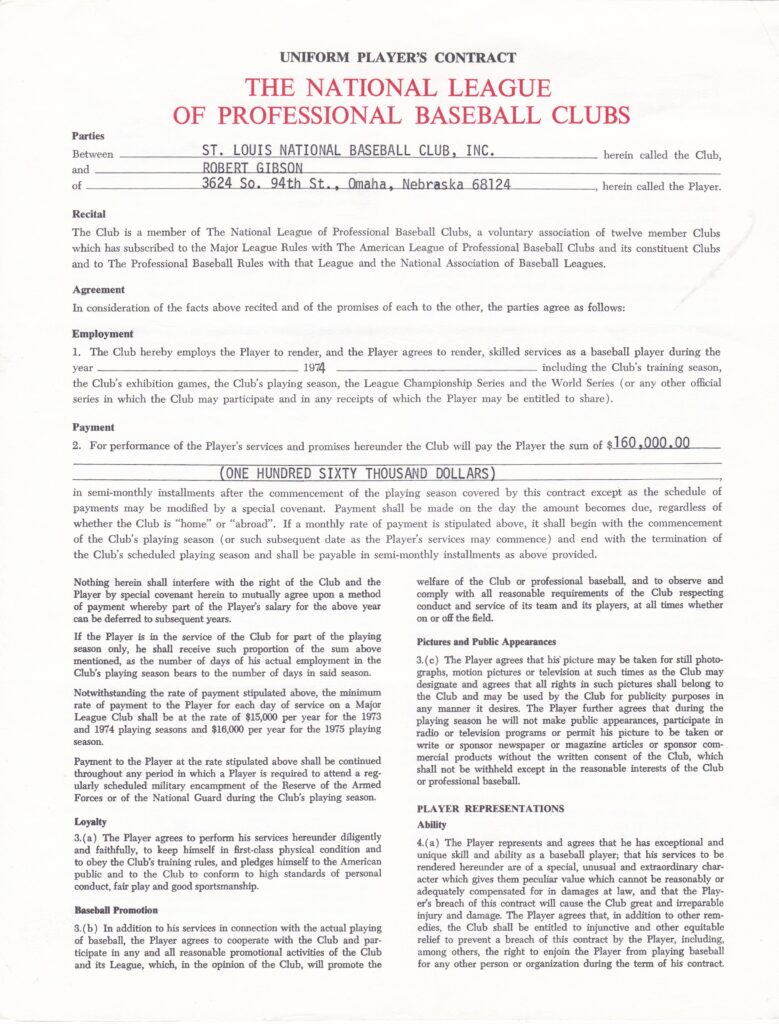
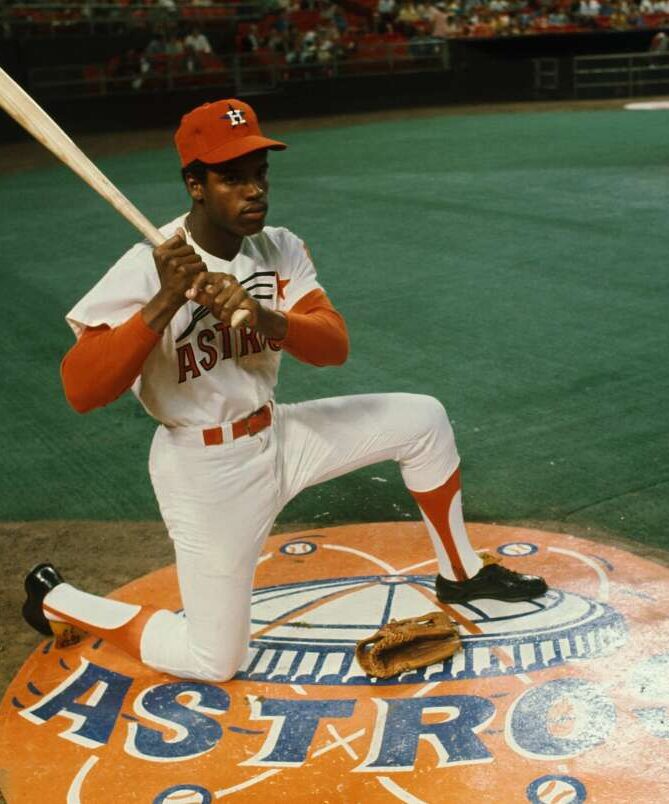
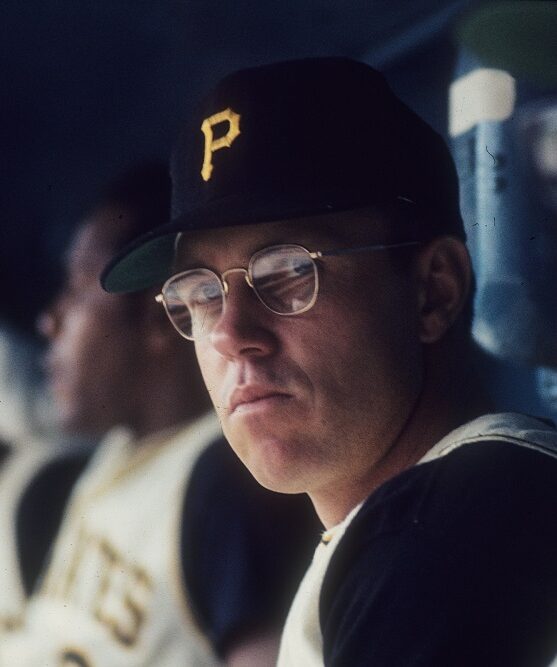
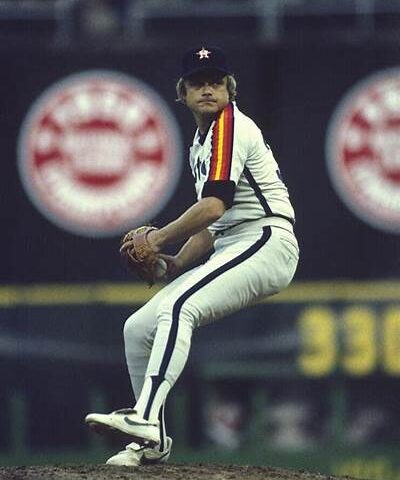
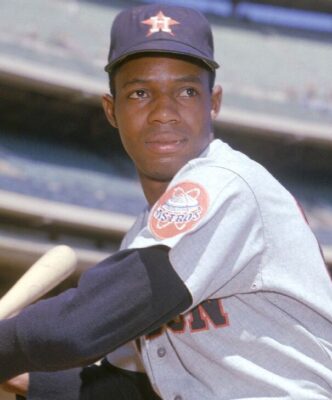
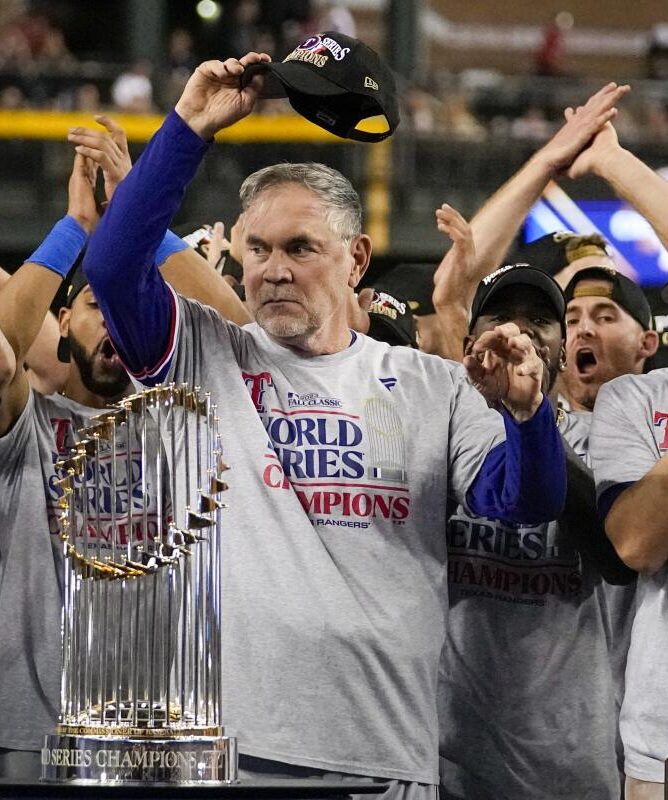
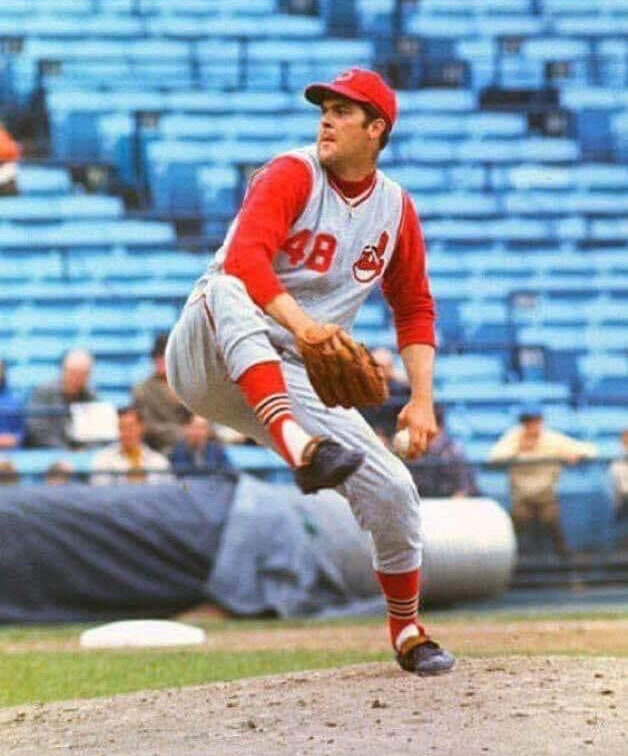
Tremendous pitcher his career was tragically cut short rest in peace
Great competitor!
His post baseball life is such a sad story. He deserved better.
The press was unmerciful towards him when he stopped pitching , was labeled a maligned. A lot of the media had egg on their face when he had the stroke